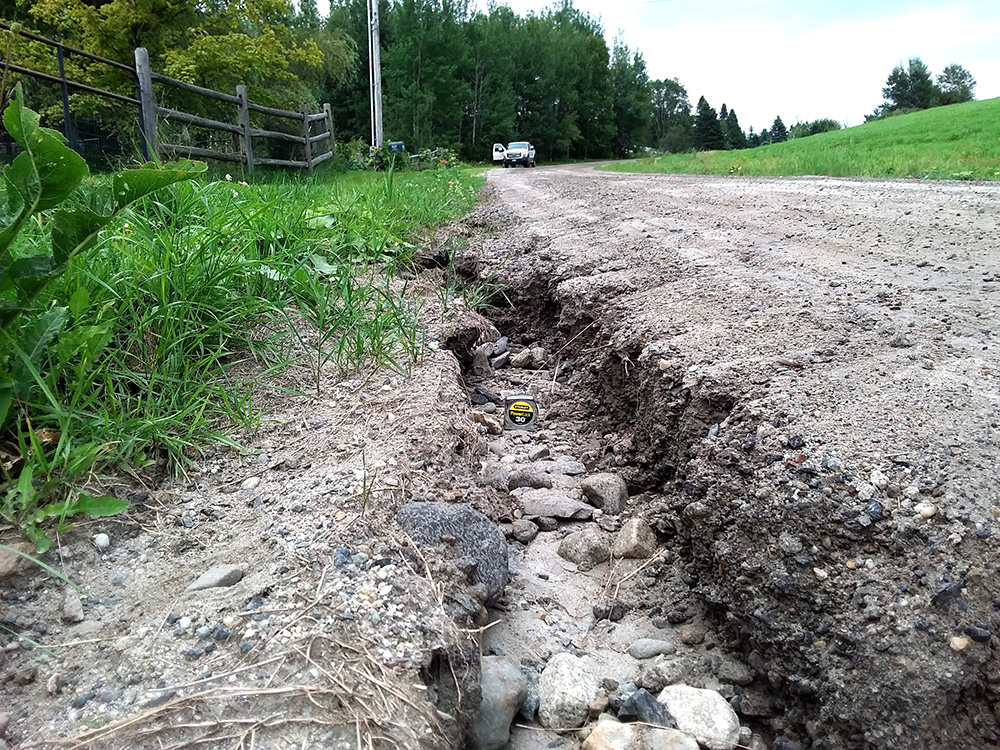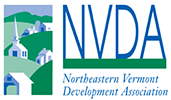Act 64: Vermont Clean Water Act
The Vermont Clean Water Initiative, known as Act 64, has been in effect since June 2015. This was in response to a number of impaired bodies of water, and the components of Act 64 are to improve water quality throughout the state. New regulations for various sources such as farms and municipal roads have been implemented. As part of the Federal Clean Water Act, states must list all impaired waters, ones which do not meet state-specific water quality standards. TMDLs (Total Maximum Daily Load) are developed for all impaired waters as a unique plan to reduce the amount of pollutant entering the waters.
Vermont Clean Water Funding Opportunities for Municipalities (SFY2018)
Additional Resources:
Municipal Roads General Permit
The purpose of the MRGP is to reduce road erosion by keeping of inventory and properly maintaining hydrologically-connected road segments. Towns locate the road segments that may have the highest impact on bodies of water and implement Best Management Practices (BMPs) to reduce road erosion and polluted runoff.
The BMPs utilized change the way water flows on and around the roads to reduce damage as well as reduce the amount of contaminated runoff which flows into local water sources. BMPs include: allowing water to flow as a “sheet” to prevent it from flowing as a concentrated mass; increasing the size of road culverts to allow for a larger, steady flow; stabilizing ditches to prevent soil erosion; building up a high point in the center of the road to allow water to flow off; and removal of the shoulder berm.
To support the MRGP requirements, the Vermont League of Cities and Towns released the Revised Drainage Management Standards. More information on the MRGP is available through the Vermont Department of Environmental Conservation and also in the printable MRGP Quick Guide.
Additional Resources:

Required Agricultural Practices
A large part of Act 64 is the implementation of new Required Agricultural Practices (RAPs). Agricultural runoff is a source of nutrient loading and erosion, especially along the Connecticut River, and these methods will continue to help reduce damage done to our waters.
More information is available through the Vermont Agency of Agriculture Food & Markets
Additional Resources:

